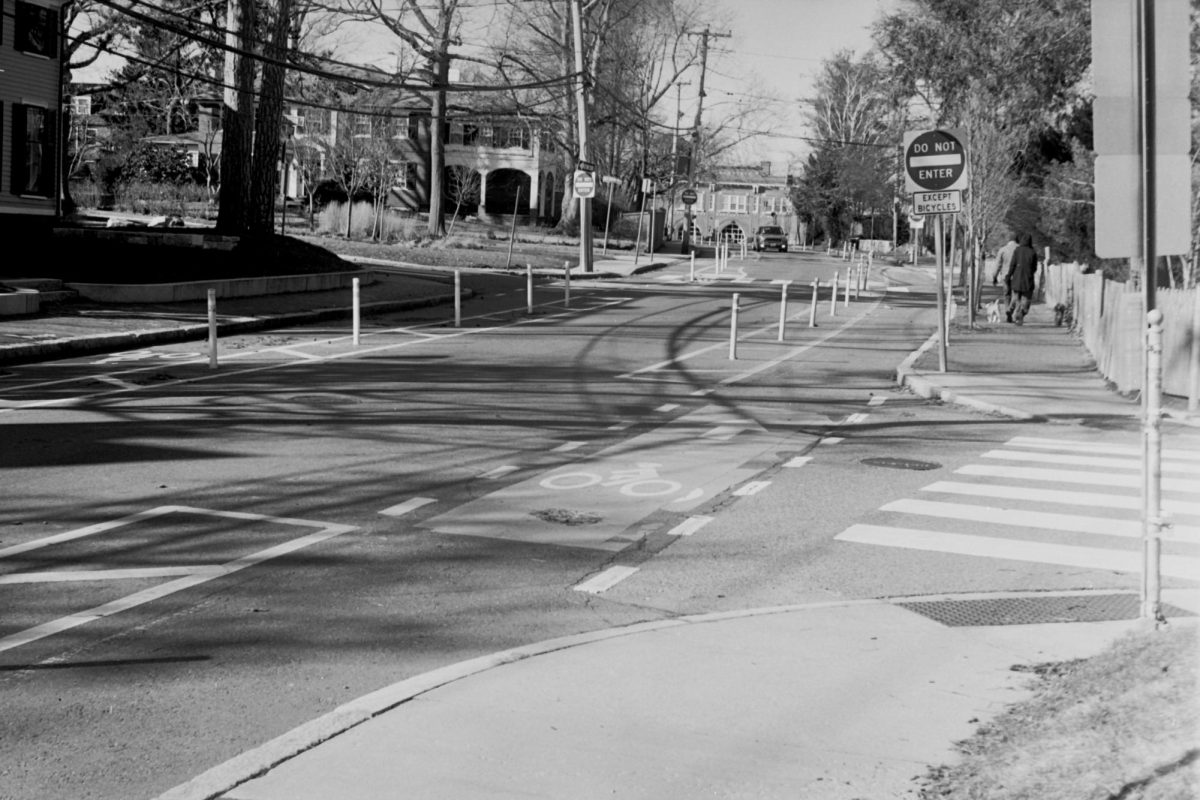The bike lane situation in Cambridge has become increasingly complicated. At first glance, creating more dedicated lanes for cyclists throughout the city seemed like a win-win. It would promote greener transportation, get more folks pedaling rather than driving, and hopefully ease up chronic traffic congestion too, but the aftermath has been bumpier than expected.
A big grievance from many drivers and daily commuters around town is that some key roads seem more painfully jammed up during rush hour ever since new, allegedly safer, bike lanes went in. Mass Ave is one of the prime examples people point to—reconfiguring vehicle lanes or gobbling up parking spots to carve out space for riders has bottlenecked traffic. Especially at peak times, drivers feel like what was pitched as relieving congestion has made commutes worse. The irony is all these pro-bike changes intended to improve road efficiency have left motorists stuck.
Even more concerning are early signs that cycling safety may be declining. Over an 8-year stretch from 2015 to 2023, Cambridge saw 1,381 reported bike accidents according to the Bicycle Crash Data provided by the Cambridge Police Department through the government. The city has also seen substantial growth in the number of bicyclists over that same period. The increase in raw accidents could be solely explained by having more bikes on the roads. Yes, more ridership naturally leads to higher total incident numbers. The per annum rate spike of over 12% aligns fairly closely with overall ridership growth. So the rise in crashes may simply correlate to more cyclists, rather than indicating that risks have heightened per bicyclist.
Still, some critics flag the uptick as concerning, especially if infrastructure changes don’t seem to be improving matters. Close monitoring of accident data alongside ridership numbers will remain important for understanding if Cambridge’s cycling expansion is sustainably managing risks. The issue isn’t in the fact that there are bike lanes but in the fact that there needs to be safer ways of implementing them without having to reimplement them.
You might expect this rising public backlash to make the famously progressive Cambridge leadership rethink its aggressive cycling expansion plans, but interestingly, the still predominant view among both officials and citizens seems to be full speed ahead. In the latest city council elections, for example, most candidates voiced overwhelming support for accelerated bike-friendly infrastructure and won decisively. Mayor Sumbul Siddiqui, known as a cycling advocate, leads the charge.
So where does this leave things? The key point is that good intentions aren’t always enough when engineering massive civic projects that restructure mobility. Getting the balance right requires tapping regular people as sensors when policies yield bumpy roads, providing safe roads while maintaining safe bike lanes is a difficult challenge where both parties are likely to get upset. For Cambridge’s leaders, while the vision remains bikes and cars coexisting in harmony, actually realizing that the future demands more work – and more willingness to listen along for the ride.














